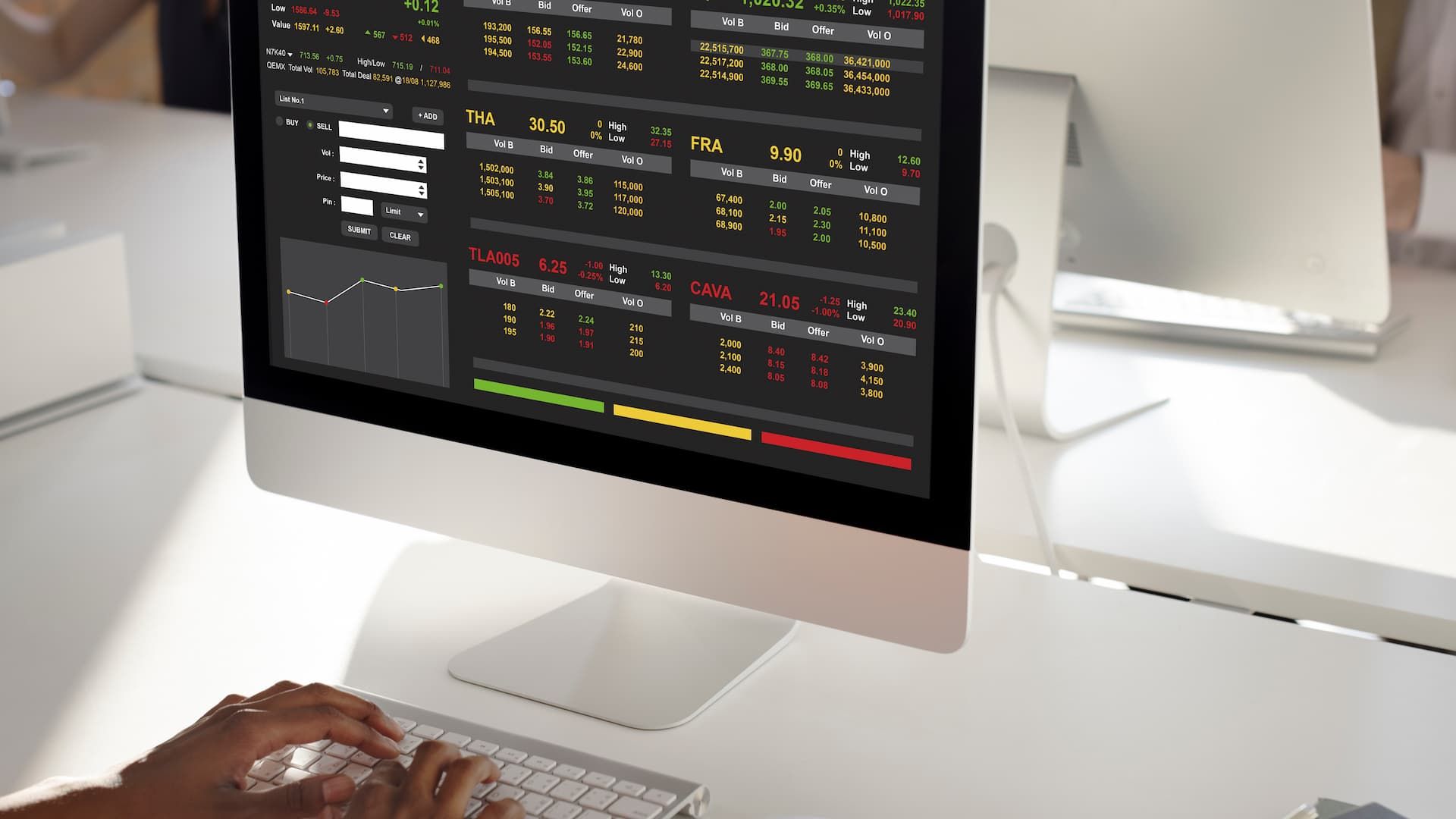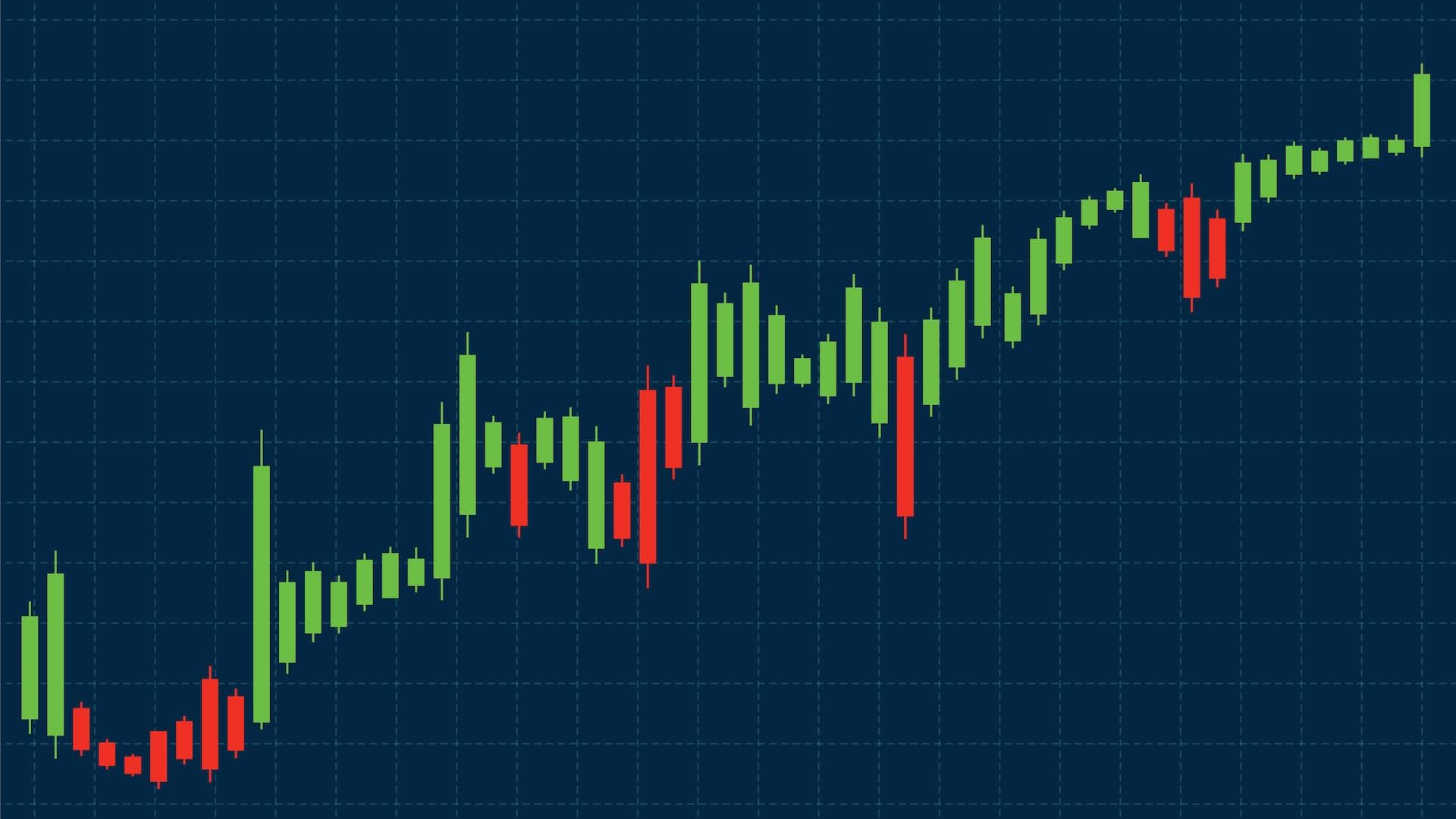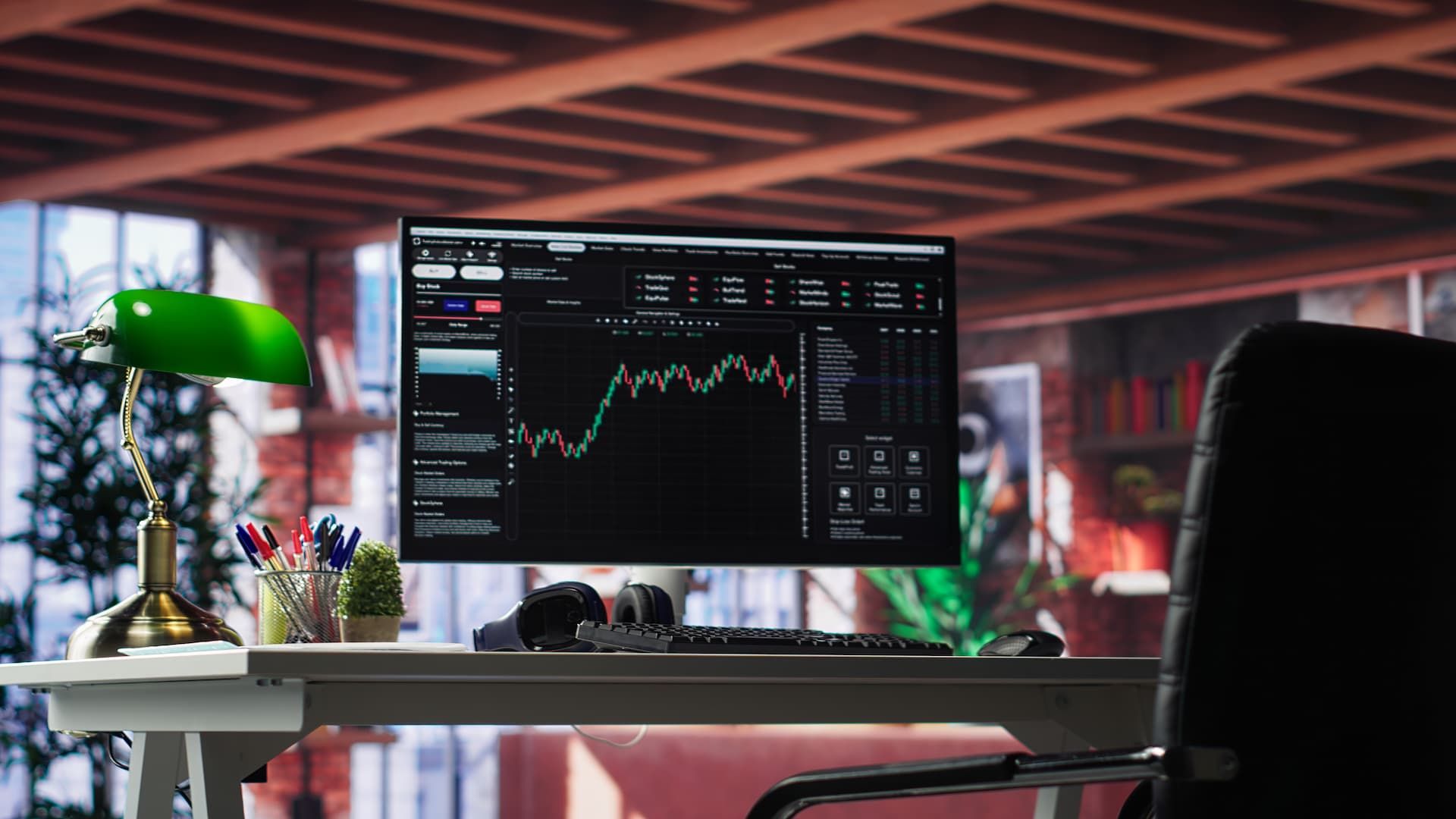Position scaling is a trading approach that helps you grow positions without risking everything at once. Instead of opening a full trade and hoping for the best, you build into it step by step as market moves develop. This style fits both day trading and longer setups because it gives you more control. It also limits total risk and makes it easier to secure profits before price moves turn against you. For many traders, this technique is the difference between random wins and a clear plan for consistent profits.
Position Scaling Basics
Every trader wants to be in a winning position, but markets are unpredictable. Position scaling allows you to react to market conditions instead of relying on one lucky entry. By spreading entries and exits, you reduce stress and give yourself more chances to adapt.
What is position scaling in trading?
Position scaling means adjusting your trade size as the market changes. If the market moves in your favor, you can add more. If it turns, you can scale out and protect profits. This flexible method matches the trader’s ability to manage risk and adapt to price moves.
Why position scaling matters for risk management
Risk management is not only about stop-loss orders. Scaling helps you avoid putting your whole account at risk in one bet. By setting clear levels for taking profits and reducing exposure, you keep total risk under control. Even when market conditions shift fast, scaling keeps you from holding too much at the wrong time.
Planning Your Trading Strategy
A strong strategy is more than just entry points. You need to plan how position scaling fits your style, your profit level goals, and the total risk you are willing to take. Many traders fail because they chase more profits without a clear exit. Scaling gives structure to avoid this mistake.
Integrating position scaling into your trading strategy
When you design a trading plan, include exact points where you will add or cut. For example, if price moves 1% in your favor, you may add a part of the position. If the trade goes against you, you reduce size before losses grow. This keeps your approach consistent with market conditions.
Setting your initial profit target
The first profit target is important. It should not be too far away because early profits reduce pressure. Once you take some profits, even small ones, it is easier to let the rest of the trade run. This step builds confidence and protects you from losing everything if the market suddenly reverses.
Defining the final position before scaling out
You need to know when the trade is over. Decide in advance the price level where you will close the full position. Profits are only real when locked in. Setting this final step keeps you disciplined and prevents emotional decisions when price reaches key levels.
Scaling into Winning Trades
Scaling into a profitable trade is about growing your position carefully as the market favors you. Instead of jumping in all at once, you follow a process where each entry is based on confirmation from the chart or market direction. This method gives traders more control and helps secure gains without risking too much money at once.
How traders scale during a winning trade
When a trade starts moving in your favor, you can add another portion to your entry. Many traders see this as the benefit of scaling, letting the market prove itself before increasing exposure. The common reason traders fail here is overconfidence, so each added position should follow the same risk rules as the first.
Adjusting profit targets as positions grow
As exposure increases, profit targets must adjust too. It is not enough to aim for one exit point when your position is larger. Instead, break the trade into parts: take gains on one portion and let the rest ride. This method makes the investment more balanced and reduces stress if the market changes direction.
Using stop loss to protect profits
Stop loss orders are a key point in scaling. As positions grow, stop loss levels should move with the trade to protect profits already earned. If price pulls back, you keep part of the gains instead of letting the trade hit your full account. Protecting profits with a trailing stop loss is often the difference between a profitable trade and a wasted opportunity.
Handling Losing Trades
Scaling is not only for winning trades. It also plays a role in how traders manage risk when the market goes the wrong way. The main idea is to reduce exposure step by step, instead of holding on until a stop loss wipes out too much money.
Position scaling and managing losing trades
The process of scaling down is simple: when a trade clearly goes against you, sell a portion early and limit exposure. This method keeps you in the market with a smaller size while lowering total risk.
Risk management when trades go against you
A common reason traders lose too much is refusing to cut losses. By setting stop loss rules and sticking to them, you protect both profits from earlier trades and your trading capital. Managing money in this way builds discipline and keeps trading sustainable.
Minimizing losses while staying in the market
The benefit of scaling in losing trades is flexibility. Instead of closing everything, you exit part of the position and let the rest continue. This gives you the possibility to recover if the direction turns, while your risk stays under control. Knowledge of when to scale out and when to exit completely is what separates experienced traders from beginners.
Practical Techniques for Position Scaling
Position scaling is not just theory. It is a practical part of any trading strategy that helps traders balance exposure, manage risk, and capture more profits. By scaling in and scaling out, you avoid risking the entire position on one entry price and keep trades flexible as market moves unfold.
Scaling in vs scaling out explained
Scaling in means adding to a trade as it becomes a winning position. Scaling out is the opposite: reducing size once profit targets are reached or market conditions change. Both methods allow traders to adjust risk management and protect the remaining position without giving back all gains.
Combining profit targets with position scaling
Profit targets should not be random. When combined with position scaling, the process becomes structured. Traders set an initial profit target, lock in part of the profit level, and then let the rest run. This creates the possibility of a risk free trade, since gains on the first portion protect the average price of the entire position.
When to add to a position and when to exit
Adding to a position only makes sense when market moves confirm your trading strategy. If the trend continues, traders scale gradually, keeping exposure under control. Exiting comes when risk management signals appear: poor market dynamics, a shift in market conditions, or when the final position has hit the predefined profit target.
Advanced Insights
Advanced traders understand that scaling is not about chasing every move, but about aligning with risk management and discipline.
Avoiding common mistakes with position scaling
The most common mistake is adding too quickly and risking the entire position before the trade moves in your favor. Another is ignoring risk management and turning scaling into overexposure. To avoid this, focus on entry price, average price, and never scale just because you hope for more profits.
Monitoring market conditions for scaling decisions
Market conditions are always changing. A strong trading strategy must adapt to new market dynamics like volatility, liquidity, or unexpected news. Monitoring these factors helps you decide when to scale in, when to hold the remaining position, and when to exit before losing trades become too large.
Examples of position scaling in real trades
Imagine a day trading setup on a stock: entry price is 100, initial profit target is 103. The trader sells half at that level, making part of the trade risk free. The remaining position is left to run toward 106, with stop loss moved up to protect gains. This method of position scaling keeps exposure safe while still allowing for more profits.
Key Takeaways
Position scaling is not about guessing. It is a structured way to manage risk and maximize reward.
Building discipline with position scaling
Scaling forces traders to stick to a trading strategy. Instead of reacting emotionally to market moves, you follow a clear plan. This builds discipline, which is often more valuable than a single winning trade.
Improving trading results with position scaling
When used correctly, position scaling improves risk management, limits losing trades, and creates better profit level consistency. By respecting market conditions and sticking to the final position rules, traders grow accounts without blowing up.












